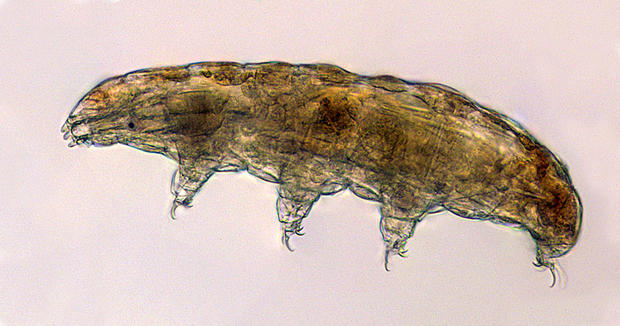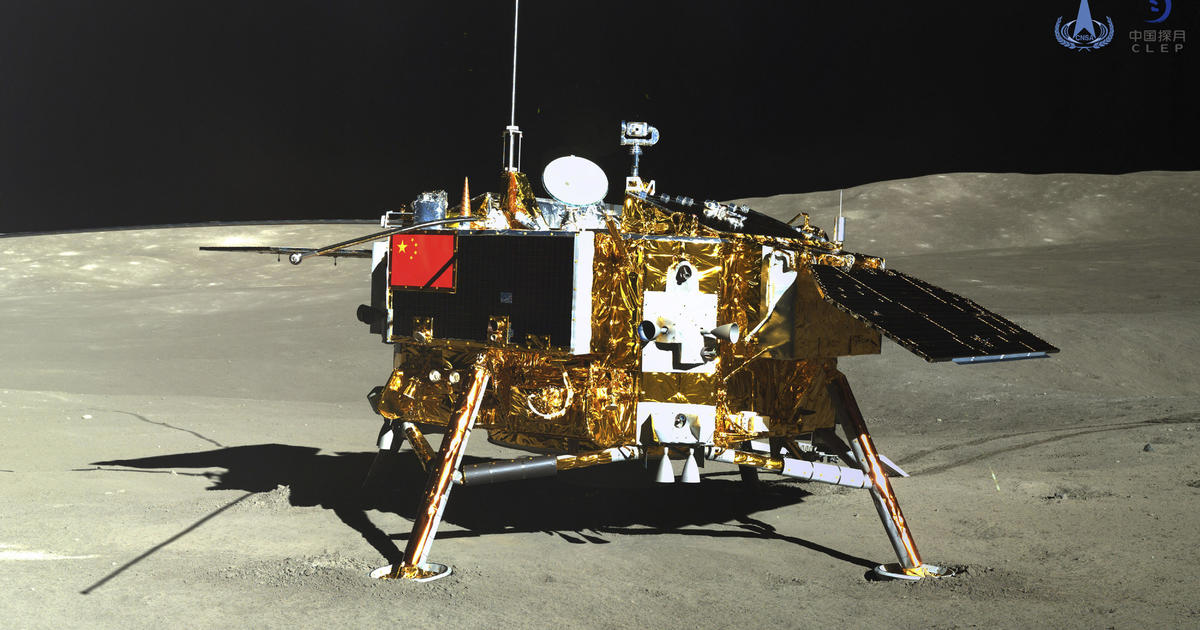NASA is sending glow-in-the-dark baby squid and water bears to the International Space Station
Hundreds of baby squid and microscopic organisms are headed to the International Space Station aboard a SpaceX rocket. The tiny creatures are part of a cargo resupply mission.
The rocket launched Thursday afternoon from NASA's Kennedy Space Center in Florida — without any humans aboard the Dragon cargo capsule. It marks SpaceX's 22nd commercial resupply mission to space.
The creatures will be part of scientific experiments which include studying how water bears handle space, the possible effects of microgravity on symbiotic relationships, analyzing the formation of kidney stones and more.
Newly-hatched bobtail squid will be used to study symbiotic relationships between beneficial microbes and their animal hosts, and how spaceflight alters this relationship, in order to develop protective measures for the health of future astronauts on long-term missions.
"Animals, including humans, rely on our microbes to maintain a healthy digestive and immune system," says principal investigator Jamie Foster. "We do not fully understand how spaceflight alters these beneficial interactions. The UMAMI experiment uses a glow-in-the-dark bobtail squid to address these important issues in animal health."
The glow-in-the-dark squid are joined on the mission by thousands of tardigrades, also known as water bears. Scientists say they can tolerate environments more extreme than most other life forms can, making them the perfect organisms to study biological survival under extreme conditions in space.
Researchers hope that experiments involving their genome could help them understand the stress factors affecting humans in space, in order to counteract them.
"Spaceflight can be a really challenging environment for organisms, including humans, who have evolved to the conditions on Earth," says principal investigator Thomas Boothby. "One of the things we are really keen to do is understand how tardigrades are surviving and reproducing in these environments and whether we can learn anything about the tricks that they are using and adapt them to safeguard astronauts."
Also part of the resupply missions is an on-the-spot Butterfly IQ Ultrasound, which could provide key medical capabilities for future missions. New solar panels are also headed to the space station to increase the energy available for research and operations.
Other upcoming experiments include testing the effectiveness of the remote operation of robotic arms and space vehicles using virtual reality, how to better protect against kidney stones during spaceflight and how to produce tougher cotton in order to reduce water and pesticide use. These experiments will join the hundreds of others currently ongoing abroad the orbiting laboratory.






